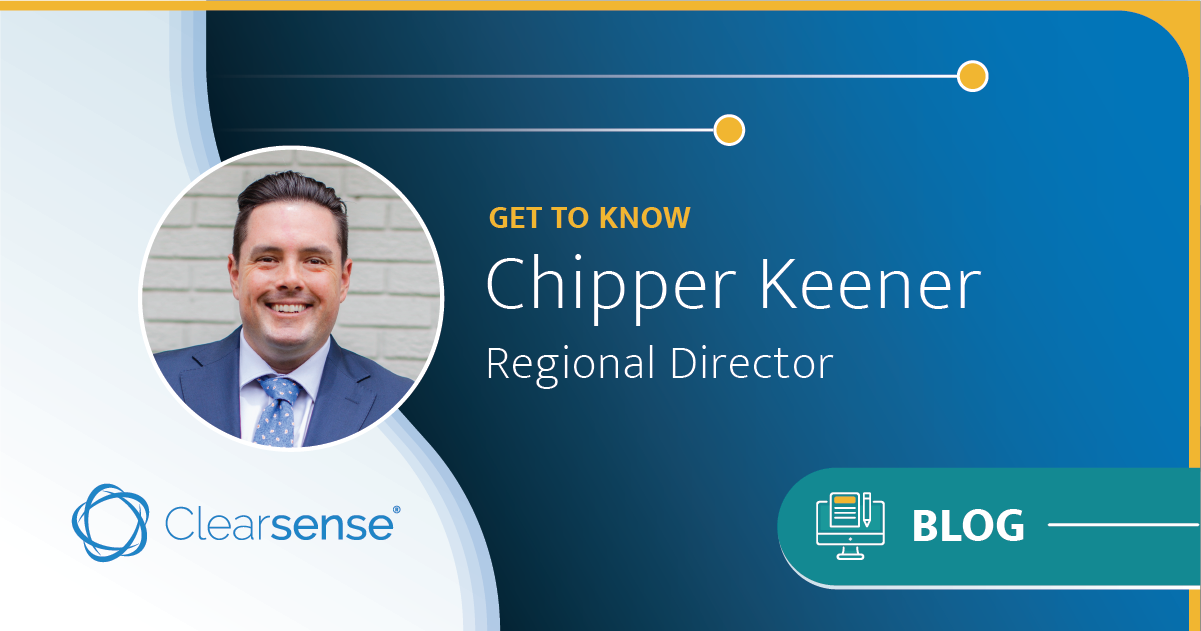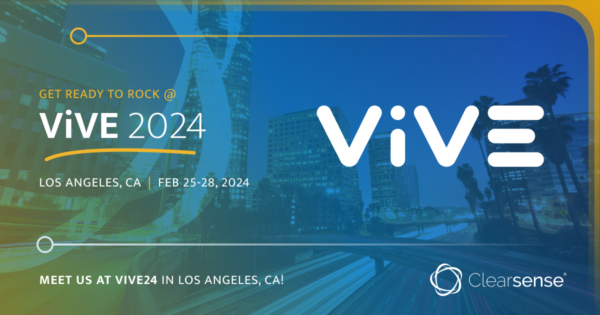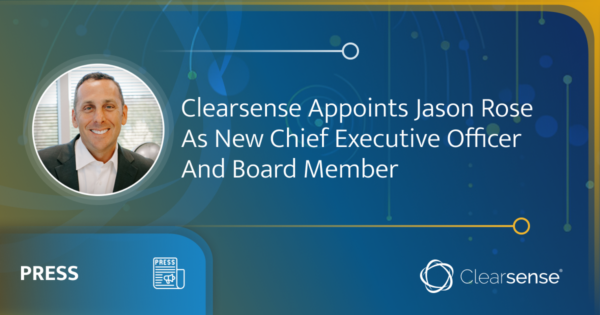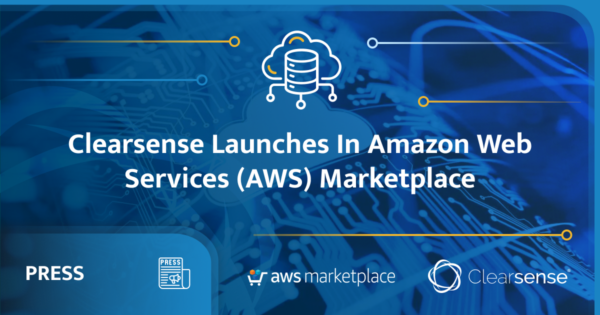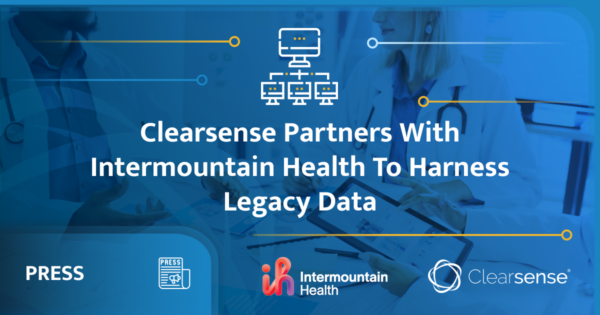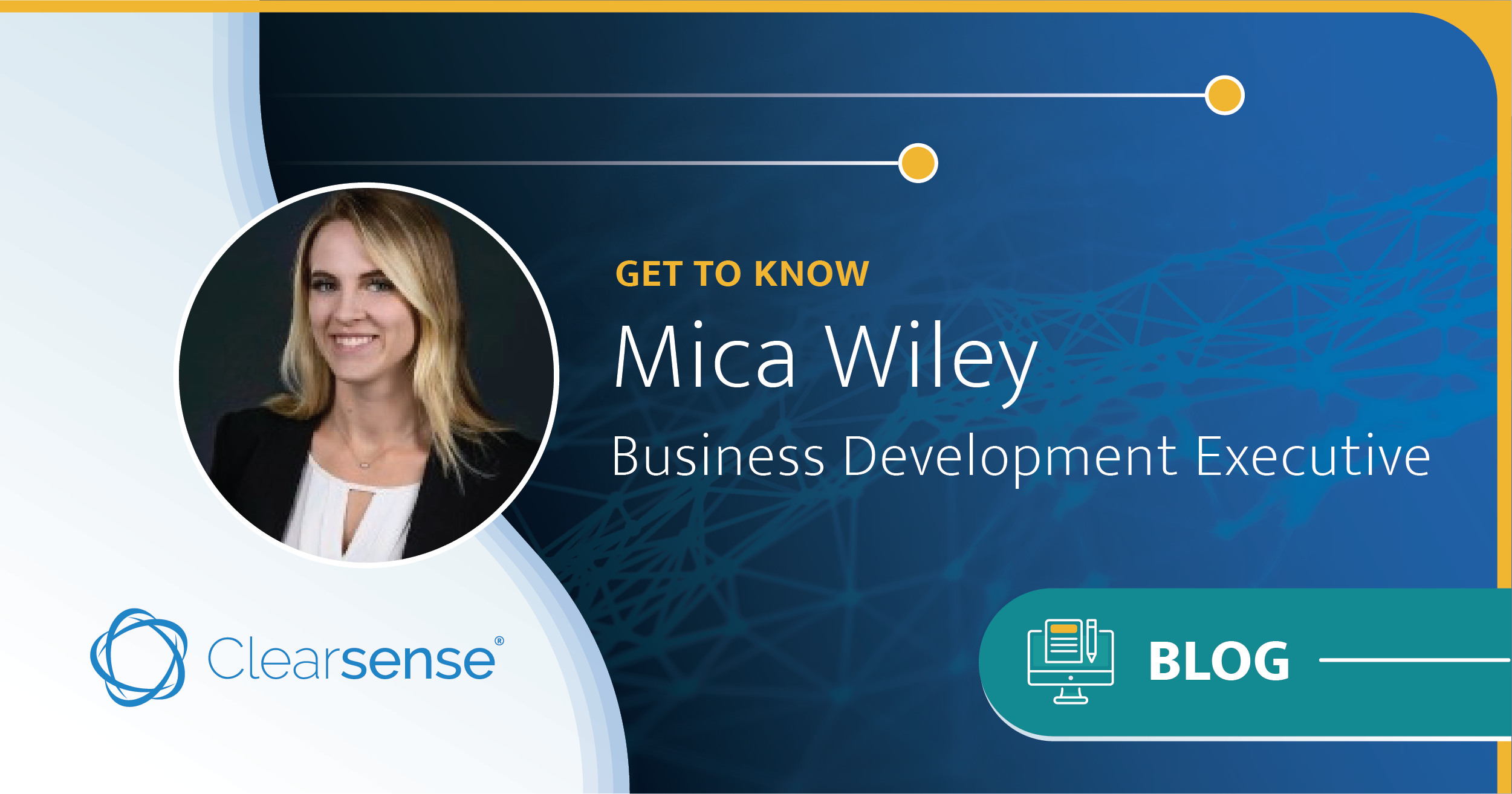
As passionate about creating a legacy in the future of healthcare as she is about expanding her knowledge in compliance, governance, and data hubs, Mica Wiley, sales executive at Clearsense, leads with energy and drive. Get to know what brought her to our organization, what she is investing in and why she decided to go back to school to learn even more.

Q: You’re passionate about AI and the future of healthcare from the Social Determinants of Health (SDOH) perspective: How is what we are accomplishing changing lives and elevating outcomes? What draws you to our applications and the Clearsense name?
Mica Wiley: The data exists – Amazon/ Netflix/ Apple has data on your television habits, InstaCart has data on your eating habits, and your Fitbit has information on your movement. There are so many various data points, and creating transparency around these data points enables clear, actionable movement on the conditions we are seeing from a patient perspective.
If a patient is staying up well past the normal time for sleep and watching a certain variety of shows, what is the likelihood that they develop mental health conditions? Beyond that, what if the correlation to lack of sleep has them in a predisposition for hypertension, diabetes, COPD, etc.? Actionable data on health can change lives.
Clearsense brings transparency to the data our clients are already consuming or even brings in new connectors, and with that transparency, we can enable the current workstreams to drive innovation tied to the patient. The patient is driving the use cases – market segmentation, better security on their information, interoperability, and more. By switching the lens to the patient, their conditions, their needs, their economic habits, and incentives, we open the channel for better healthcare which in turn drives ROI within both the provider and payer environments.
Q: What specifically speaks to your heart about the Clearsense suite of AI tools?
Mica Wiley: I love AI and the ability it has to drive medicine and healthcare further. We have the data points; we just need to drive the data forward and make sense of it to create actionable change. I love that Approachable AI, specifically, is accessible to everyday users. Our clients are amazed that they don’t need to learn to code.
Approachable AI brings predictive modeling to the everyday user, the everyday consumer. Imagine the collaboration of the differing perspectives you enable through making AI “reachable.” You now have people with different backgrounds, different histories, different educations, etc., all joining the conversation on how to drive the work forward.
Q: What made you decide to go to MIT for additional learning on healthcare AI? What are the outcomes you’re hoping for?
Mica Wiley: I mean, it is MIT… what a dream! I love learning from people with different perspectives, different knowledge sets, different backgrounds, and opinions. My goal in the program is to learn from others who have done the work or have the experience I lack and create change. The fuel to my fire is knowledge and challenging the status quo. Can we make this better? Yes? How? Can we change this to deliver this outcome? What are the challenges? What are the gaps? What are the insanely cool use cases that I haven’t considered? What are some new ones that I can think of?
Recommended Content
I want to learn everything I can about advancing technology in healthcare and use this knowledge to make a difference. You don’t make a change by changing the world (not always). You make a change in lives by influencing one life – can we ease the way they receive care? Can we alert them to health predispositions at an earlier rate? Can we engage in a more beneficial way? Can we “Wag the Dog,” so to speak, to drive better habits that allow them to play with their grandkids or pick up a new hobby?
I am fascinated by the “why” behind things and people, and I am fascinated by the how. If we notice X and can determine the “why” (i.e., patient motivations such as an emotional response to a stimulus), then how do we drive change? How do we notice that at 12 years old, patient X experienced an event their brain perceived as traumatic, leading to X result? Why did they respond the way they did to a new stimulus at 27? Then, how can we take this knowledge and help the patient take control of their health and have a more positive response?
”We have the data. We just need to use the data, and Clearsense's suite of applications provides exactly what the future needs.
Mica WileyBusiness Development Executive
Q: Where do you think healthcare is going — how can Clearsense help our industry get there?
Mica Wiley: I think healthcare is moving deeper into analytics, real-time data consumption and response, and better technology for better care. The patient will drive their own experience. Digital twins, longitudinal records from conception through the current state with predictive models and insights on your future state as a patient. There should be transparency for the patient on their health, and I think we are moving into a space where people will have direct access to their records in a way that is easy to understand and, furthermore, easy to change moving forward. Like the way Spotify recommends music, you will receive recommendations on recipes to lower your cholesterol or help you get active and stay active. We have the data. We just need to use the data, and Clearsense’s suite of applications provides exactly what the future needs.

